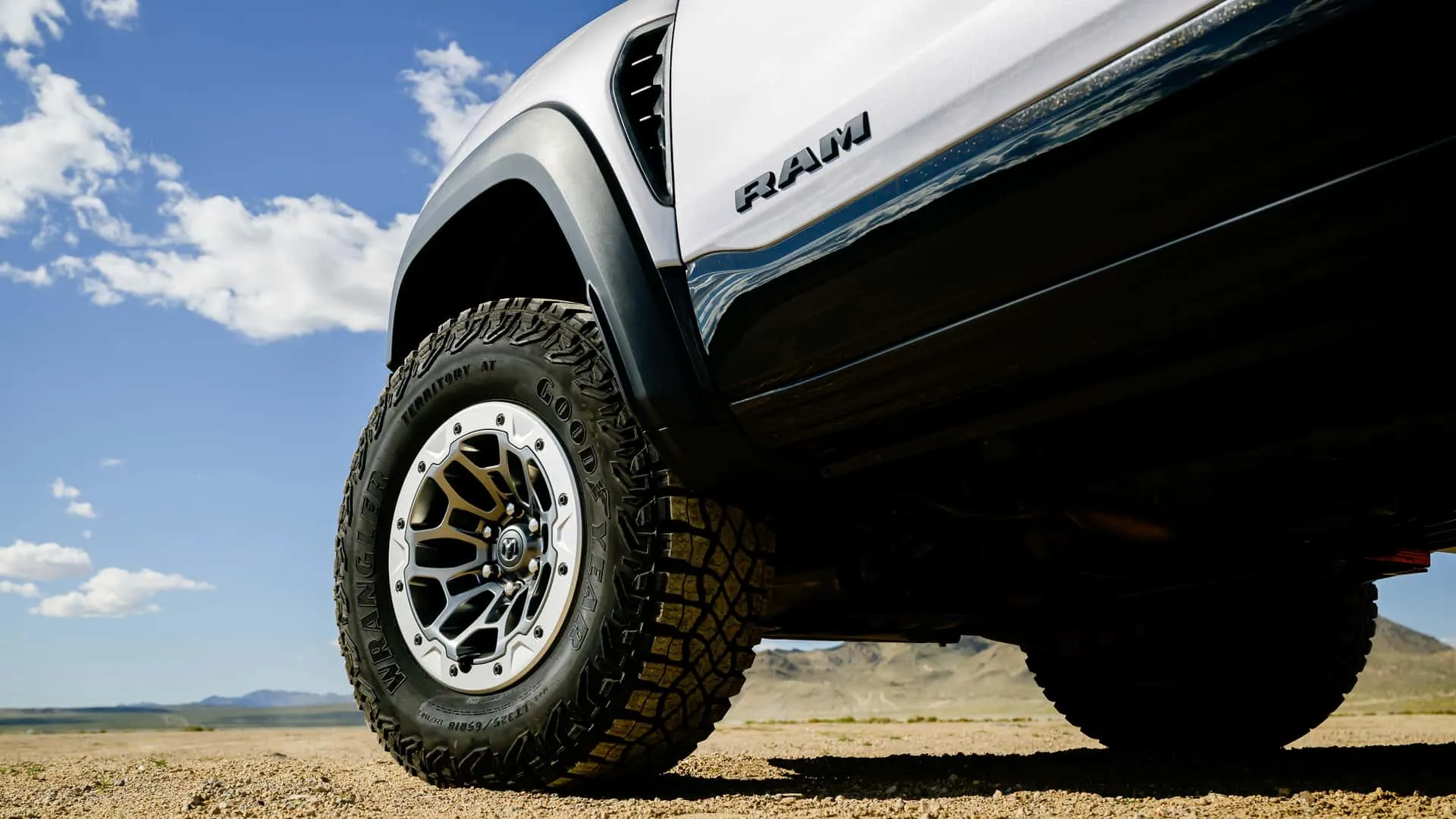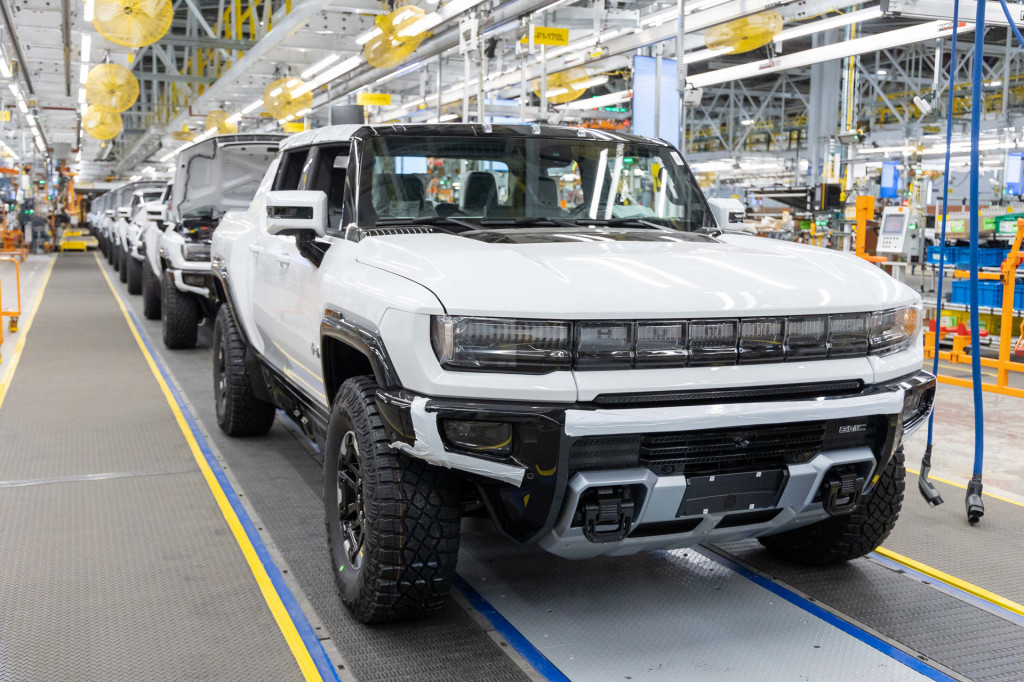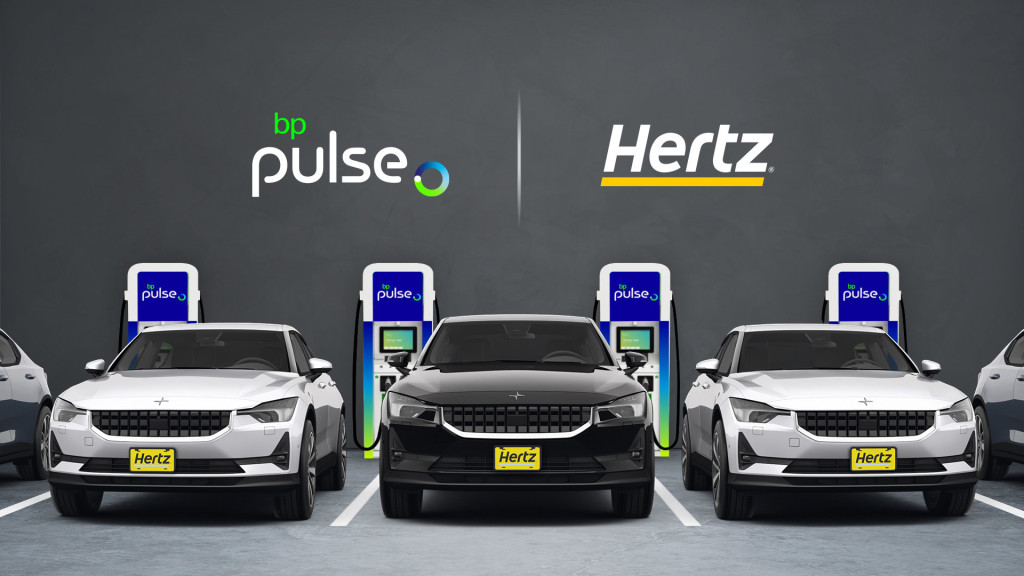

Oil industry pushes back versus softened fleet mpg standards
The oil industry last week launched a legal challenge versus the U.S. EPA and its latest light- and medium-duty vehicle standards set for the 2027-2032 model years.
The case was filed by the American Petroleum Institute (API), which represents members ranging from valve makers to Shell and Exxon Mobil. Joining in are the National Corn Growers Association, over accusations that corn ethanol wasn’t taken into account as a “critical and effective climate solution,” and the American Farm Bureau Federation, which claims that the standards will drive up the cost of farm vehicles “and force farmers to rely on a charging network that does not yet exist in rural areas.”
Also behind the lawsuit on the car-and-light-truck side is a group of six auto dealers, mostly from middle America, “representing sixteen brands and collectively operating dozens of dealerships in major markets across the country.” There are about 18,000 new-car dealerships in the U.S.
A press release accompanying the filing of the lawsuit called the EPA standards an electric vehicle mandate, although that accusation was omitted from the actual case petition.
Challenging the inevitability of plug-in vehicles
The case challenges the EPA rules for 2027-2032 confirmed in March and book noted in the federal register in April. These rules fit in with the Biden administration’s efforts to curb greenhouse-gas emissions, reduce smog-forming emissions, and boost public health. The standards clearly don’t mandate EVs, although based on the way they’re structured the EPA projected that EVs might make up 56% of new-vehicle sales by 2032—in order for full-line automakers to keep delivering large, gas-guzzling trucks as well.

2022 GMC Hummer EV pre-production at Factory Zero plant in Detroit, Michigan
Over the long term, these rules will go hand-in-hand with the investments in EV and battery infrastructure championed by the Inflation Recovery Act.
“EPA’s final rule exceeds the agency’s statutory authority and is otherwise arbitrary, capricious, an abuse of discretion, and not in accordance with law,” the plaintiffs petition.
The EPA had already reeled back these latest 2027-2032 rules versus the tougher ones, finalized in 2022, that call for increases of 8% in 2024 and 2025 and 10% in 2026. Those rules were shaped in part to make up for a rollback under President Trump that cut the annual fleet improvement from about 5% in Obama-era rules to just 1.5%, and although steeper they were not met with the same level of pushback from the oil industry.
MPG rules have already been softened
Corresponding final rules for Corporate Average Fuel Economy (CAFE) revealed earlier in the month and meant to coordinate with the EPA standards, go easy on truck and SUV mpg versus what was originally proposed—prescribing an annual improvement for 2027-2031 of just 2% for passenger cars and 2% for light trucks for those model years.
The pushback also goes against the greener image that a number of big, multinational oil companies—now seeing them as energy companies—want to maintain. Shell, for instance, has shed some of its gas stations in favor of EV charging, and BP, notably, spoke out to acquire any stranded Tesla Supercharger sites when the EV maker pulled back on its buildout of fast-chargers.

Hertz and BP Pulse partner for EVs and charging
Meanwhile 13 states plus the District of Columbia have adopted a California plan mandating EVs, working toward 100% EVs and plug-in hybrids by 2035. In April, the U.S. Court of Appeals for the D.C. Circuit once again rejected a challenge to California’s precedence in establishing pollution limits.
Up until now, automakers have mostly supported these final rules publicly and in an investment sense, although lobbying efforts might show otherwise. Most appear to recognize that the EV shift is a good thing for global competitiveness.
The organizations haven’t stopped with cars. A companion lawsuit filed Tuesday essentially did the same for trucks, challenging the EPA’s heavy-duty truck emissions standards, also announced in April.
Last month, Presidential candidate Donald Trump allegedly offered to nix Biden EV incentives in exchange for a $1B campaign donation from Big Oil. But a regulatory landscape that’s more lopsided than ever might not be the future that even the oil industry would wish for.
Add a comment Cancel reply
Comments (0)
Related posts


Electric SUVs: Top 6 Models for Family Trips











